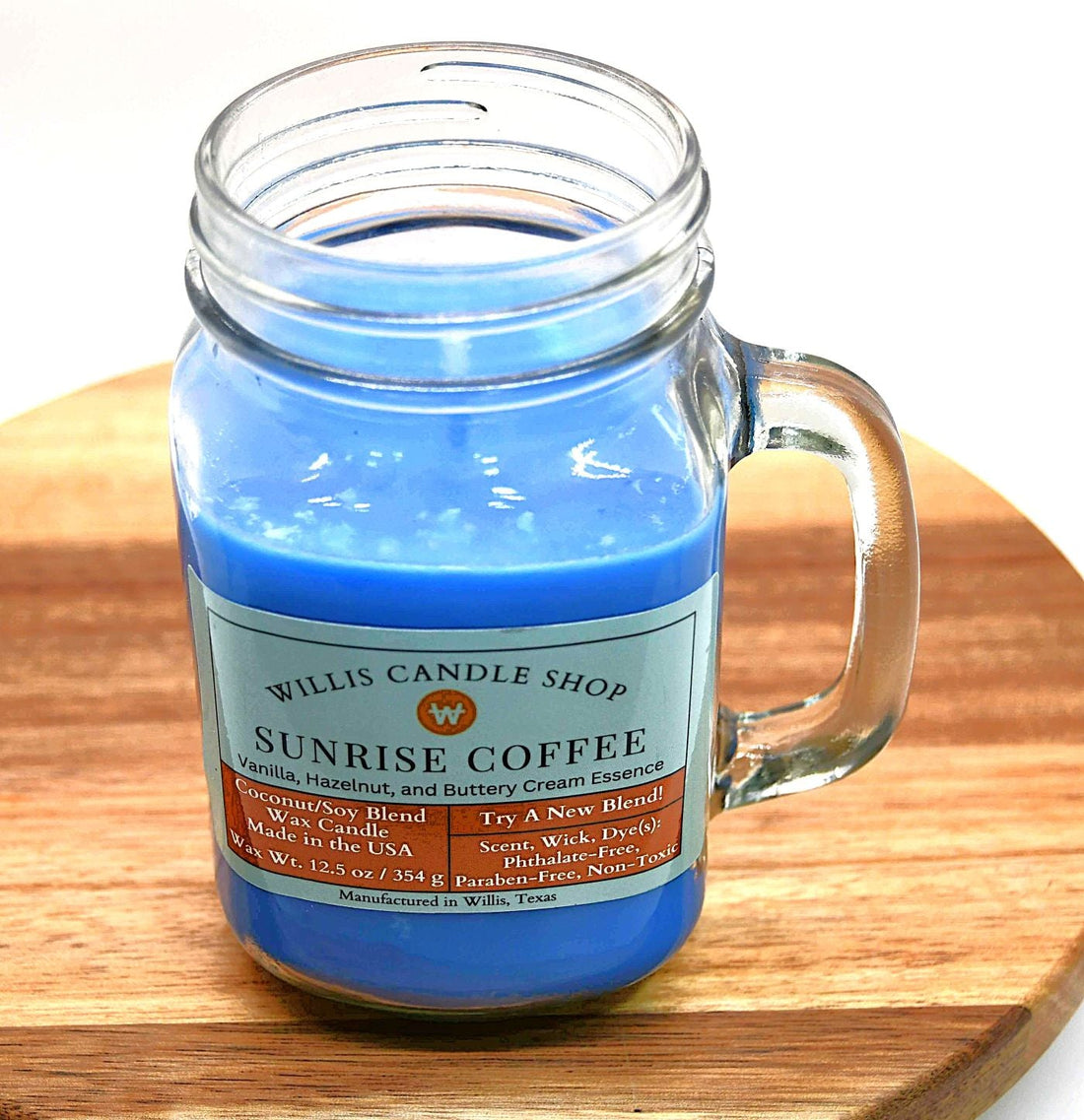
History and People of Guam Through the Ages
Ancient Chamorro Settlement and Lifeways
Guam was first settled around 3,500 years ago by the Chamorro people, skilled navigators who arrived in proas from Southeast Asia. Archaeological finds show they built latte stone houses and sustained themselves through farming and fishing. Just as families today might browse a candle store or online candle shop for items that provide light and comfort, the Chamorros relied on firelight to guide their nightly routines. Communities operated like tightly woven kinship groups, ensuring survival through cooperation. These traditions, much like the passing of an American candle in rituals today, symbolized connection and continuity across generations. Daily life included gathering at a candles store equivalent—local gathering huts where resources and culture were shared openly. Their structures and way of life still inspire modern Guam, linking ancient survival with present-day heritage (Rogers, 2011).

Voyaging and Cultural Exchange
The early Chamorros were renowned for their seafaring skills, traversing vast distances with celestial navigation. Their canoes were marvels of engineering, as important to them as a treasured candle gift set is for families today. A candle set gift may illuminate modern milestones, but to the Chamorros, stars illuminated ocean highways. Exchange with nearby islands spread traditions, tools, and language, similar to how candles as gifts or candles for a gift circulate meaning between households. Just as one might carefully choose a candle gifts option for loved ones, voyages were carefully prepared, ensuring both survival and cultural enrichment. These expeditions reflected not only necessity but identity—their world was interconnected, much like today’s digital trade and tourism (Underwood, 2020). Today’s Guam honors this voyaging heritage, seeing echoes of tradition in everything from canoe festivals to imported goods like the 21oz Contempo glass candle.
Spanish Colonization and Cultural Shifts
In 1521, Ferdinand Magellan’s expedition marked Europe’s first contact with Guam. By the 17th century, Spain fully colonized the island, introducing Catholicism and changing daily life. Chamorro traditions adapted under pressure, but resilience remained. Families today lighting candle sets during church events echo this enduring Catholic influence. The Spanish brought commerce too, making Guam a stopover in the Manila Galleon trade, similar to how households today seek candles for sale or frequent a candle makers store. The colonization period redefined cultural practices, blending European and Chamorro customs in ways still visible today. The desire for creativity mirrors the hope for candle making stores where tradition and innovation could thrive side by side (Carter, 2019). Storytelling of this history continues in resources like the Vanilla Candle Conversations blog.
American Acquisition and Early Modern Guam
Following the Spanish–American War in 1898, Guam was ceded to the United States. This transition reshaped governance, education, and infrastructure. Families learning where to buy candles now paralleled Chamorro families learning new systems of trade and law. Generations asked where buy candles just as ancestors asked where to find food under new colonial rules. The curiosity in where can i buy candles for specific needs reflects that historical uncertainty. During this era, Guam’s importance as a naval base grew, with communities adapting by blending traditions with modern expectations. Much like shoppers wondering where can you buy candles or whether they should buy candles bulk, Chamorros balanced resourcefulness with external demands (Rogers, 2011). This period set the stage for Guam’s critical role in 20th-century geopolitics.
World War II and Japanese Occupation
From 1941 to 1944, Guam endured Japanese occupation, a period of hardship and resilience. Chamorro families faced forced labor and suppression of traditions. Despite adversity, their spirit endured, just as lighting a masculine scented candle or manly smelling candles today represents strength. Survivors later recalled these years as tests of faith and endurance. In occupied villages, small items—like symbolic man scented candles or men scented candles—would have carried deep meaning had they been available, reinforcing hope. Today, environmentalists call for natural wax candles to honor sustainability, much as the Chamorros sought natural resources for survival. These wartime memories remain embedded in family stories and national commemoration (Farrell, 1991). For those seeking mindful living, check resources like eco-conscious candle tips to explore parallels between resourcefulness and sustainability.
Post-War Reconstruction and Pride
After liberation in 1944, Guam underwent massive reconstruction under U.S. administration. Education, health care, and infrastructure expanded. Like families celebrating with magnolia candles or jasmine candles today, Chamorros embraced symbols of hope. A jasmine candle lighting up a small household mirrored the optimism of recovery. Communities reinvested in traditions while accepting modern practices. For meditation and resilience, many turned to incense candles and the blend of incense and candles, reflecting the duality of Chamorro identity. This era represents Guam’s resilience—balancing heritage with opportunity. It remains a story of survival, continuity, and sustainability (Carter, 2019). That balance today can be mirrored in eco-choices like the coconut soy wax choice.
Modern Guam: Identity and Resilience
Modern Guam thrives as a cultural and economic hub of Micronesia. Families purchase longest burning candles to last through fiestas or select a whimsical hocus pocus candle for themed events. Homes decorate with 8 oz candles for intimate spaces or follow a house of candle aesthetic for larger gatherings. Artisans continue experimenting with melting candle wax as part of creative workshops. Each of these practices reflects Guam’s ability to balance modern commerce with cultural pride. Reports confirm continued investment in education, tourism, and infrastructure, ensuring that Chamorro heritage remains strong (Underwood, 2020). Guam’s modern identity is both globally connected and locally rooted, a duality celebrated across the island.
Closing Notes on Guam’s Timeless Journey
From ancient proa voyages to modern-day festivals, Guam’s people embody resilience and adaptation. Families now teaching children how does candles work echo the same curiosity their ancestors had in exploring the world. Teachers explaining how does candle work mirror how traditions were once passed orally. Young learners who ask how does a candle work reflect that spirit of inquiry. Families who demonstrate how do candles work during community activities show how practical knowledge reinforces culture. Even modern trends like candles shopee highlight Guam’s connection to global trade while preserving local traditions (Rogers, 2011). The island remains a testament to endurance, cultural pride, and adaptability through the centuries.
FAQs
Why is Guam’s history important?
Guam’s history showcases resilience, cultural pride, and its unique role as a Pacific crossroads of people and traditions.
How do modern Chamorros preserve their culture?
Through language, festivals, and everyday practices, Chamorros keep alive the traditions that connect ancient and modern Guam.
What role does candlelight play in Guam today?
Candles are used in prayer, ceremonies, and celebrations, symbolizing both modern wellness and cultural continuity.
References
Carter, Lee D. (2019). Guam: A Historical Overview. Pacific Islands Research Institute.
Rogers, Robert F. (2011). Destiny’s Landfall: A History of Guam. University of Hawai’i Press.
Underwood, Robert A. (2020). “The Importance of Chamorro Culture in Guam’s History.” Journal of Pacific Studies.
Farrell, Don A. (1991). The History of Guam During World War II. MARC, University of Guam.
This blog post combines factual information with fictionalized elements. Some names, characters, or events may be dramatized for narrative effect. All information presented as fact has been researched to the best of the author’s ability. Any correlation between names and places is coincidental, except for exact city landmarks, streets, and government-owned locations.












